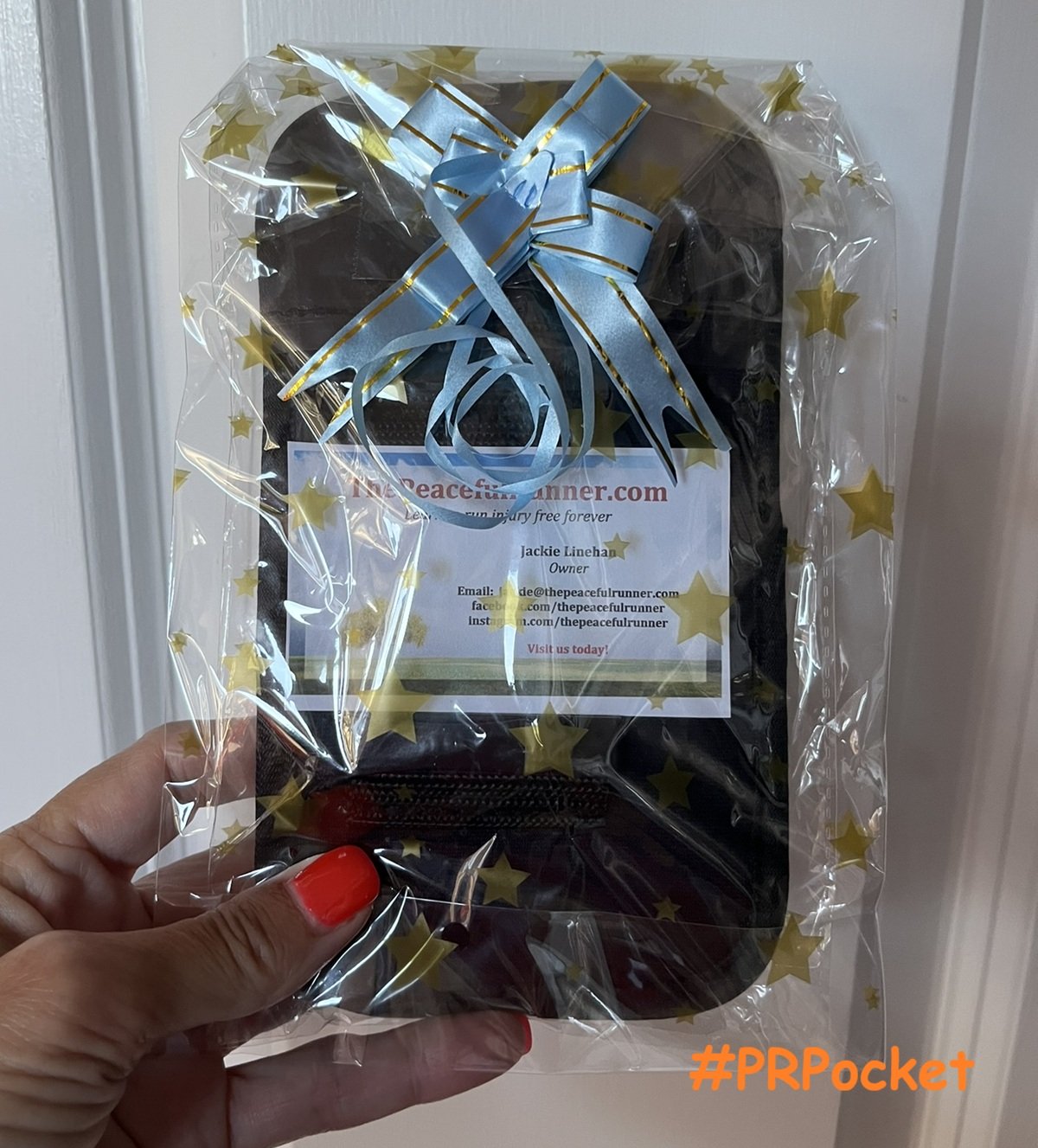- Home
- Breathe While Running
- Nose Breathe While Running
Do You Nose Breathe While Running?
(It Helps Cure the Flu!)
FTC Disclosure: As an Amazon Associate, I earn from qualifying purchases. Learn more
To nose breathe while running means to use only the nose to inhale and exhale. Many runners think that they inhale using their nose and exhale using their mouth but most runners actually inhale and exhale using the mouth. The mouth needs to be kept closed to ensure that only the nose is used. It is the only way to ensure healthy, stress free breathing while running.
Breathing properly through your nose takes time to practice and learn, but the health and running benefits are well worth it. You will be protecting yourself against viruses and infections, reducing your risk of injuries and protecting your heart. You will also feel more relaxed while running, it will feel easier and because you use less energy for breathing, you will perform better over time.
Humans are designed to be nose breathers and we are not accessing the many benefits available to us if we use our mouths for breathing. At a young age, we learned to breathe in through our mouth only as a response to stress. It is a survival response trigger that was designed to be used only in emergency situations, i.e. when fleeing from danger or extreme stress. It was not designed to be used on a regular basis.
Learn to Nose Breathe While Running to
Stay Safe and Healthy
Nose breathing is a much safer, healthier and efficient way to breathe while running. It prevents infection, regulates air volume and temperature, reduces the risk of running injuries and promotes efficient oxygen exchange. Here's how:
Prevents Influenza and Infection - When we use only our nose for breathing, the mucous membrane of the nasal passageway properly prepares the air for entry into our bodies. It works with the hair-like cilia to clean, filter and moisten the air for efficient oxygen exchange. Viruses, pollutants, parasitic organisms, bacteria and other foreign debris are blocked from entering the lungs to prevent diseases and infections. Nose breathing is especially helpful in prohibiting the replication of influenza viruses through the production of nitric oxide generated in our sinuses. This was evidenced as a result of the following research study by:
Jamshaid, Sana. (2013). Evidence for the cure of flu through nose breathing. International Journal of Advance Research. 1. 1-9. Abstract:
"Breathing through nose is a healthy habit approved by researchers and it is also helpful in cure of flu. Because normal nose breathing help us to use nitric oxide generated in our sinuses. And research told us that nitric oxide has confirmed function of destruction of viruses, parasitic organisms, and malignant cells in the airways and lungs by inactivating their respiratory chain enzymes. NO inhibits the replication of influenza viruses, probably during the early steps of the viruses’ replication cycle, involving the synthesis of vRNA and mRNA encoding viral proteins. Thus NO is responsible for the cure of flu by killing influenza virus."
Regulates Air Volume and Temperature – Nasal breathing regulates the volume and temperature of the air we inhale. This means that it ensures we receive the right amount of air our bodies need and ensures that it is at the right temperature that is safe for our bodies. If the air we are breathing is really cold or really hot and humid, the air will be adjusted to a temperature that will not damage our lungs.
Reduces the Risk of Running Injuries - Nasal breathing stimulates the parasympathetic nervous system which keeps us calm and relaxes the whole body. It slows down our breathing, our heart rate and stimulates deep diaphragmatic (belly) breathing. When we run in this relaxed state, running feels much easier and the risk of injury is greatly reduced.
Promotes Efficient Oxygen Exchange – Nasal breathing promotes diaphragmatic breathing which allows for an efficient oxygen exchange. This doesn’t occur if we breathe shallowly in our upper chest using the mouth. Shallow chest breathing uses only the upper and middle portions of the lungs and not the oxygen and blood-rich lower lobes. It is easier to get large amounts of air into the upper portions of the lungs this way, but a quality oxygen exchange requires an ample blood supply which can only be achieved through diaphragmatic breathing.
During inhalation, the diaphragm contracts and pulls the air into the lower lobes of the lungs. During exhalation, the diaphragm relaxes and the carbon dioxide (CO2) is released from the lower lobes providing our bodies with the energy required to run efficiently.
Learn How to Nose Breathe While Running
Initially, when I tried to nose breathe while running, I didn’t think it was possible. It felt impossible to do especially when running uphill or at a faster pace. The reason we think we cannot nose breathe while running is because we feel like we cannot get enough air into our lungs if we only use our nose. We believe this because we have not yet developed our respiratory fitness and we are not used to breathing this way. We have not yet learned how to breathe efficiently, but it is possible with a little practice.
For some runners, it will only take a few weeks. For others, it may take considerably longer and the amount of effort being put into practicing is an important consideration. When you first start practicing to nose breathe while running, you will have to run slowly to maintain it. Try it on flat routes first and when that begins to feel comfortable for you, try it while running uphill. It requires patience as your body learns this new technique, but it will be well worth it for your health, reduced occurrence of injuries and a much improved running performance. Running will feel so much easier and you will feel more energized after running.
There is an element of fear that surfaces when you first attempt to nose breathe while running. It can feel really scary if you feel like you cannot get enough oxygen. If you start to feel like this, just slow down a little and try not to give in to the fear. Allow it to arise and continue to breathe through your nose. Allowing your fear to arise is the only way to conquer it. You will feel better and your lung capacity will increase!
Inhaling through the nose requires slower breathing as opposed to inhaling with the mouth which allows a larger intake of air. It will feel difficult and inefficient at first. As you practice and develop your respiratory fitness, it will begin to feel much easier. Think about how much energy you use when you breathe using your mouth while running. If you were to nasal breathe instead, that energy would be conserved and could be used in your running efforts instead.
So slow down, nasal breathe and allow your respiratory capacity to improve. Before each run, take a few deep, slow breaths to relax your mind and body. When you are relaxed, you breathe easier. Try to breathe slower, less often and concentrate more on the exhale. It is on the exhale that you gain access to the oxygen and energy in the lower lobes of your lungs.
A Breathing Exercise
Try this breathing exercise at home to get used to slowing down your breathe. Do a 1 to 2 inhale/exhale ratio depending on your current comfort level. If you can breathe in for 3 seconds, allow your out breathe to be 6 seconds. If you breathe in for 6 seconds, breathe out for 12 seconds. Repeat for a few minutes.
Practice this throughout the day and it will help you concentrate more on the exhale while running. Increase the breathing ratio times as your capacity improves. You will experience less stressful running and a meditative calm as you learn to nose breathe while running and slow down your breathing.
Breathing properly through your nose will take time to learn and adjust to, but the health and running benefits will be well worth it. Your body will feel more relaxed while running, it will feel easier and because you use less energy for breathing, you will perform better over time. You will also be reducing your risk of injuries and infections and protecting your heart by keeping the heart rate down. Nose breathing encourages belly breathing which utilizes the oxygen and blood-rich lower lobes of the lungs providing you with a much needed source of energy.
If we continue to practice to nose breathe while running, our respiratory fitness will improve and it will become natural for us to breathe this way all the time.
Back to the top of Do You Nose Breathe While Running?
Return to Breathe While Running
- Home
- Breathe While Running
- Nose Breathe While Running
FTC Disclosure: As an Amazon Associate, I earn from qualifying purchases. Learn more
Recent Articles
-
Winter Running Tips and the Best Waterproof Running Shoes
Nov 15, 25 01:55 PM
-
When the Music Stops, Awareness Begins
Nov 05, 25 10:54 AM
-
Get yours in time for gift giving!
Oct 24, 25 12:32 PM
-
Change How You Deal with Running Pain
Oct 10, 25 08:53 AM
-
Surprising Benefits of Backwards Running
Sep 15, 25 12:40 PM
-
It's an Awesome Product!
Aug 28, 25 09:25 AM
I went out for a walk this morning and I used the #PRPocket for the first time. I had to check at least 3 times because I thought I lost my phone (iPhone -
Running in Hot Weather: What Every Runner Needs to Know!
Aug 14, 25 01:00 PM
-
Sick of Dieting? You’re Not Alone — And There Is a Better Way.
Jul 30, 25 12:18 PM
-
Tips and Drills to Improve Your Running Cadence
Jul 25, 25 12:52 PM
-
Give Yourself a Self-Myofascial Release at Home with a Foam Roller!
Jun 28, 25 07:19 AM






















